Do You Need an Aerial (Antenna) for Your Smart TV? How to Set Them Up Properly
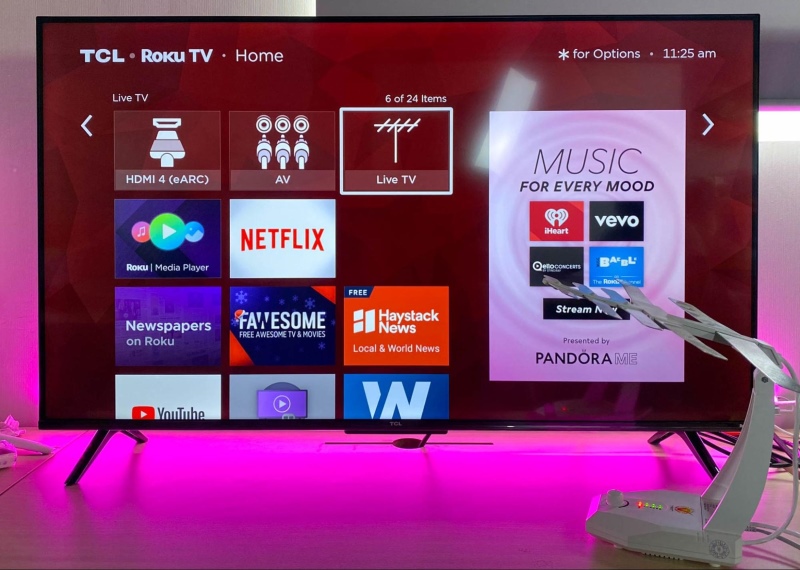
What To Know
- Smart TVs do not require an aerial for streaming services like Netflix but need one for live TV broadcasts, including local news and sports.
- Services like the UK’s Freeview still necessitate an external aerial alongside the Freeview app for access to Freeview channels on smart TVs.
- Alternatives to using an aerial for live TV include streaming apps like PlutoTV or Plex Live TV, Satellite TV, Cable TV, and IPTV.
In this article, we’ll explore whether you need an aerial (antenna) for your smart TV.
I’ll also teach you how to properly connect one to your TV. Let’s get started.
Quick Navigation
Do You Need an Aerial for Your Smart TV?
If you’re wondering whether you need an aerial for your smart TV, it really comes down to what you like to watch.
Smart TVs are great for using streaming services such as Netflix, Prime Video, and Hulu, thanks to their ability to connect to your home’s WiFi network, giving you access to tons of shows and movies anytime you want.
However, if you’re someone who enjoys watching live TV, like local news or sports events happening right now, then having an aerial is pretty important.
There are different types of aerials you can get.
If you live in an apartment, an indoor aerial, which some people call a rooftop antenna, might be just what you need.
But if you’re living somewhere a bit farther away from where TV signals come from, an outdoor antenna might be the better choice.
Additionally, there are exceptions when you’ll need to both connect an antenna to your TV and install an app provided by service providers to watch live TV channels.
For example, in the UK, to watch Freeview channels, which let you tune into a variety of programs for free, you’d need both an aerial and the Freeview app because of how the service works, even with the latest smart TV technology.
Do Smart TVs Have a Built-in Aerial?
Unfortunately, built-in aerials on smart TVs are not a feature you see often today.
Even if you have Freeview (a popular TV service provider in the UK) on your TV, you’ll still need an external aerial to access any of the provider’s channels as mentioned above.
How to Connect an Aerial to Your Smart TV Properly
To properly connect an aerial to your smart TV and enjoy your favorite shows, follow these simple steps:
Step 1: For a safe connection, make sure your TV is turned off.
Step 2: Find the antenna input, which is usually located on the back of your TV.
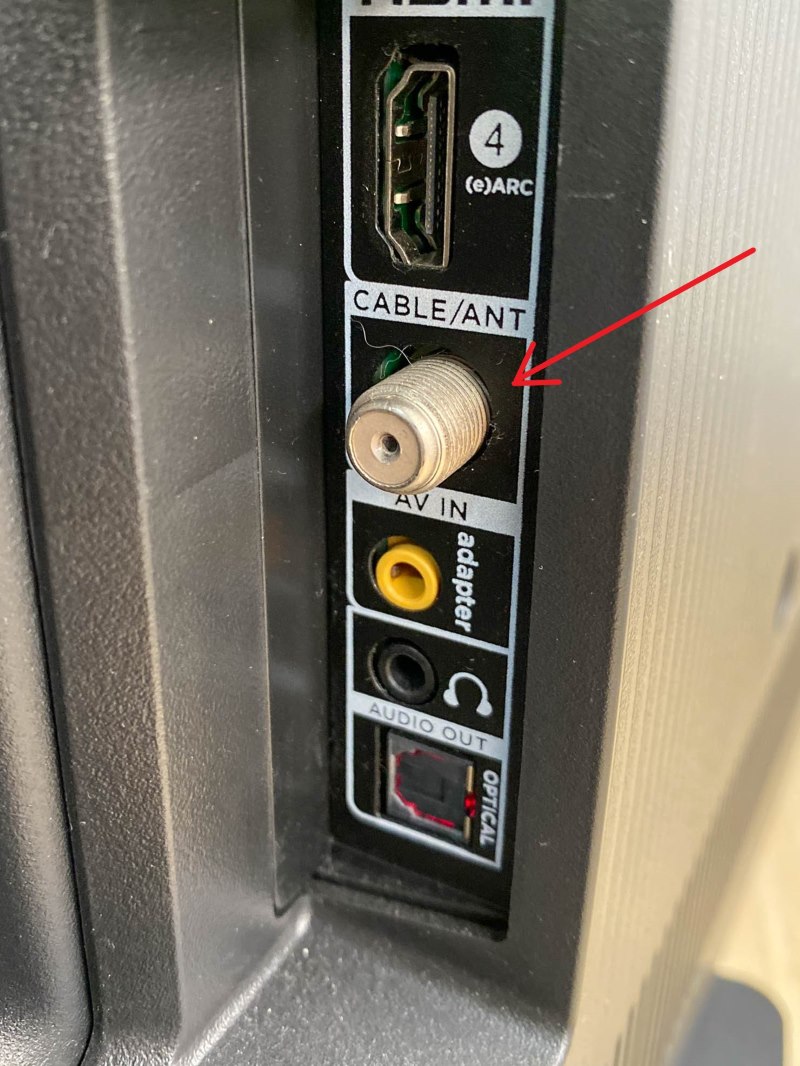
Step 3: Once you’ve found the port, take the coaxial cable that comes from the antenna and plug it into the TV’s antenna input.
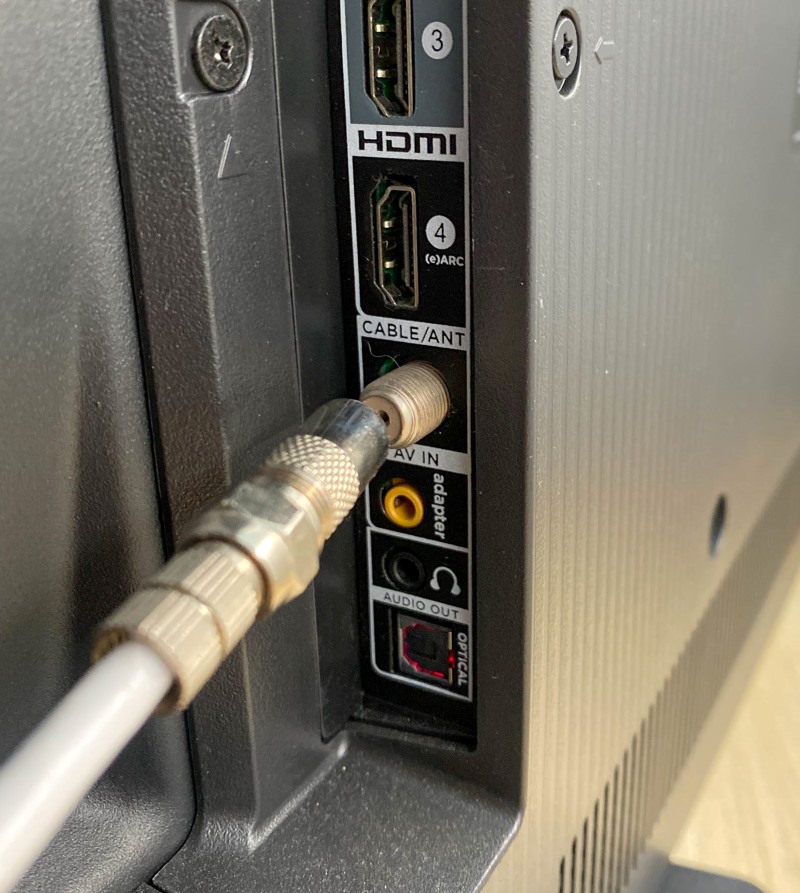
Step 4: After everything is connected, turn your TV back on, choose the Live TV option from your input menu, and perform a channel scan.
This will allow you to start watching available channels through your newly connected aerial.

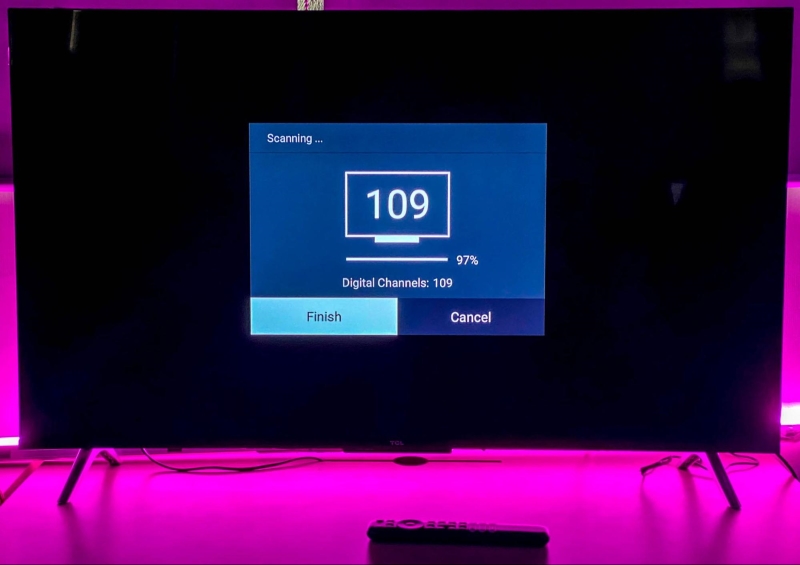
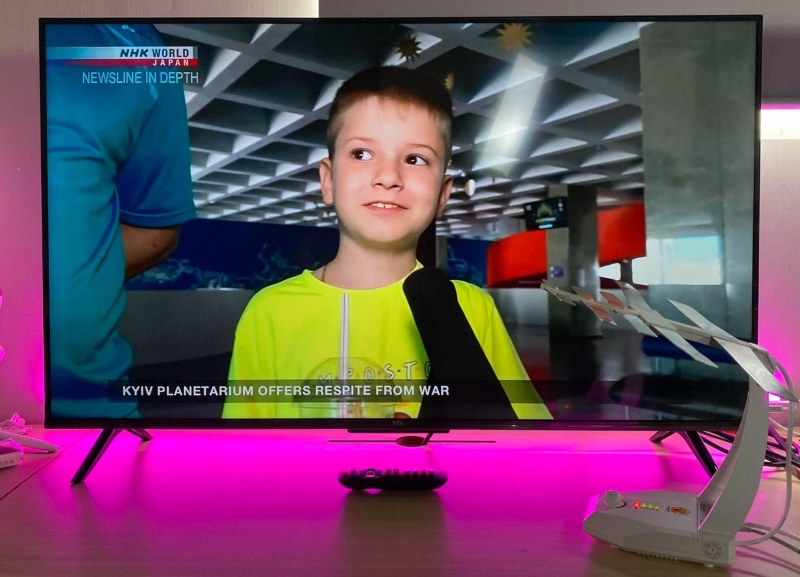
Alternatives To Aerial
In today’s digital age, there are numerous alternatives to watching live TV channels without relying on an antenna.
One convenient option is to use streaming apps, such as PlutoTV or Plex Live TV, which allow you to watch live TV channels directly on your television.
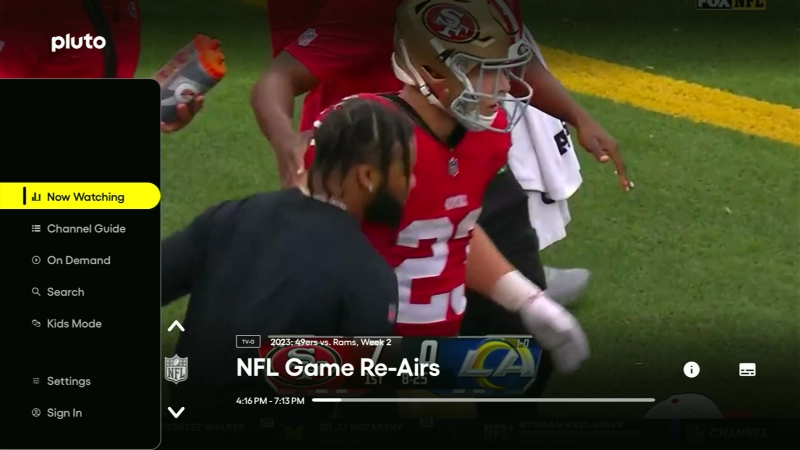
These apps are not only easy to install but are also free, making them a fantastic choice for anyone looking to expand their viewing options without additional cost.
For a deeper dive into these streaming apps, consider reading my detailed article, which provides further insights and information.
Another popular alternative is Satellite TV.
This method involves installing a dish outside your home, which captures signals from satellites orbiting the Earth.
Satellite TV offers access to a broader range of channels, some of which might not be available through traditional over-the-air broadcasts, giving you the opportunity to enjoy a wider variety of content.
Cable TV is also a viable option for those seeking alternatives to an antenna.
By delivering television programming through a network of cables, cable TV ensures that you have access to both local and international channels, providing a comprehensive viewing experience that doesn’t depend on an antenna.
Lastly, there’s IPTV, or Internet Protocol Television, which represents a shift away from traditional broadcast methods like satellite or cable.
IPTV streams TV programs over the Internet, offering yet another innovative way to access your favorite shows and channels.
Each of these alternatives presents a viable option for enjoying live TV without an antenna, catering to different preferences and needs.
Whether you’re drawn to the cost-effectiveness of streaming apps, the broad coverage of Satellite TV, the extensive channel selection offered by Cable TV, or the cutting-edge technology of IPTV, there’s an option out there for everyone.
Streaming vs. Cable/Terrestrial TV: What’s the Difference?
Let’s talk a little about streaming and terrestrial TV.
In essence, they both do the same thing, allowing people to access various shows and movies on their TV.
The only difference is that streaming lets you access these shows on-demand, while terrestrial TV typically has a fixed schedule for when they broadcast movies or series.
Streaming also has fewer cables involved in the process of communicating data.
This is because everything is done via a wireless internet connection.
Terrestrial TV involves several types of cords and cables that can cause clutter.
Advantages of Using Streaming Services on Your Smart TV

Streaming services on smart TVs, like Netflix and YouTube, bring a lot of great features to your home entertainment setup:
1. On-Demand Access: First off, they give you on-demand access, which means you can watch your favorite shows and movies any time you want.
You can even pause, rewind, or fast-forward through them, making sure you don’t miss a thing.
2. Simplified Setup: Another big plus is how easy they are to set up.
You won’t have to deal with a bunch of cables since everything is done wirelessly, helping keep your space neat and tidy.
3. Vast Content Selection: Also, these services offer a huge variety of content.
Whether you’re into different genres, languages, or even shows and movies from various times, you’ll find something you like right from your couch.
4. Personalized Recommendations: They even suggest shows and movies you might like based on what you’ve watched before, making it easier to discover your next favorite.
5. Cost-Effective: Lastly, streaming services are pretty budget-friendly.
Many of them have different subscription levels, including options that are free because they show ads, so you can enjoy a wide range of entertainment without spending a lot.
When Do You Need an Aerial for Your Smart TV?
Typically, you only need an antenna if you’re interested in watching over-the-air TV broadcasts.
An antenna is essential if you’re interested in catching over-the-air TV broadcasts, such as the free channels ABC, NBC, and CBS, including their high-definition versions.
While these channels are available for free, you might need a subscription to cable or satellite services for additional content or to access these channels without an antenna.
In the United States, some of the popular TV service providers are Verizon, AT&T, Dish Network, and Comcast.
However, with the growing popularity of streaming platforms like YouTube, Amazon Prime Video, and Netflix, depending exclusively on over-the-air broadcasts or cable services isn’t as crucial as it used to be.
That said, if you’re someone who enjoys watching live broadcasts from news networks and other channels, subscribing to a local cable or satellite service could be advantageous.
For those living in areas with limited internet access, using an antenna often presents the best solution.
Meet Vance. He’s a proud dad, a seasoned Electronics Engineer, and an avid tech lover. His proficiency in electronics and troubleshooting skills were instrumental in crafting Pointer Clicker. Vance is passionate about simplifying tech for those who aren’t well-versed in it.

